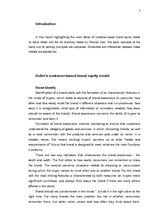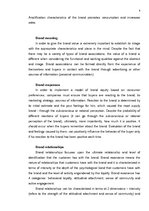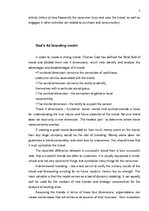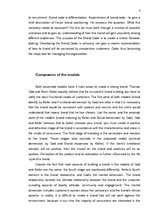-
Customer-based Brand Equity Model by Kevin Keller and the 4D Branding Model by Thomas Gad
Szint:
Középiskola
Irodalom:
3 egység
Referenciák:
Nincs használatban
Küldés e-mailben
Az Ön neve:
Adja meg az e-mail-címet, amelyen meg szeretné kapni a linket:
Üdv!
{Your name} szerint érdemes lehet megtekinteni ezt a dokumentumot az eKönyvtárban „Customer-based Brand Equity Model by Kevin Keller and the 4D Branding Model by Thomas Gad”.
A dokumentumra mutató link:
https://www.ekonyvtar.eu/w/985575
A dokumentumra mutató link:
https://www.ekonyvtar.eu/w/985575
E-mail elküldve








